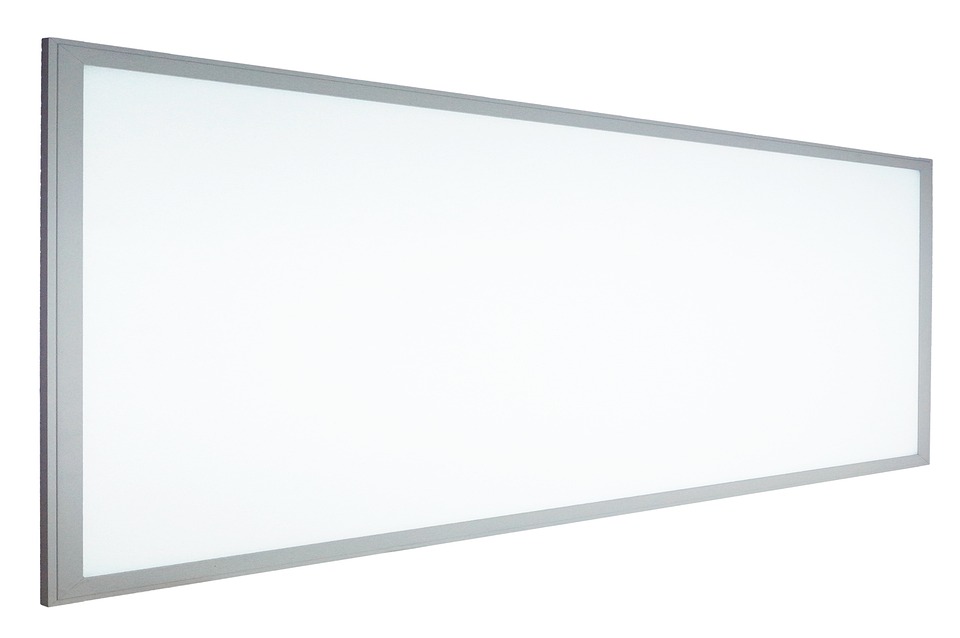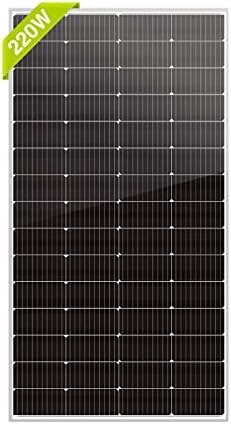### Financing Your Solar Panel Installation: Options and Costs Explained
Picture this: it’s a sunny morning on your self-sustaining homestead, and the sun streams through your kitchen window as you sip your coffee. The air is fresh, and the tranquility of nature surrounds you. You glance over at your solar panels basking in the sunlight, generating energy to power your home. It wasn’t always this way, though. Back when the idea of installing solar panels was simply a dream, figuring out how to finance such a project seemed daunting. But, much like gardening, the right approach and a little knowledge can yield fruitful results. Let’s dive into the world of financing your solar panel installation, breaking down various options and costs to empower your off-grid journey!
#### Why Go Solar?
Before we delve into financing, let’s touch on why solar panels are worth the investment. Solar energy isn’t just eco-friendly; it can drastically reduce your utility bills and potentially raise your property value. For those dreaming of living off the grid, solar panels are an essential piece of the puzzle that can provide energy independence and security.
#### The Costs of Solar Panel Installation
Understanding the costs involved in solar panel installation is crucial. While prices can vary based on region, type of system, and installation specifics, here’s a rough breakdown of what you might expect:
1. **Equipment Costs**: The primary investment comes from purchasing the solar panels, inverters, mounting hardware, and wiring. As of 2023, the average cost ranges from $15,000 to $30,000 for a residential installation, before incentives.
2. **Installation Fees**: Hiring a professional crew can add an average of $2,000 to $5,000 to the total cost depending on the complexity of the installation.
3. **Permits and Inspections**: Local permits can cost anywhere from $100 to $2,000, depending on your municipality. Don’t forget to budget for inspections, which can also vary.
4. **Maintenance Costs**: While solar panels are low-maintenance, occasional cleaning and potential repairs should be factored in.
5. **Additional Components**: If you plan to incorporate battery storage for off-grid living, prepare for an additional cost of $5,000 to $15,000 based on the battery capacity.
The total costs can seem overwhelming initially, but remember, the long-term savings and benefits far outweigh these upfront expenses.
#### Financing Options for Solar Panels
Now that you’re familiar with the costs, let’s explore the various financing options to help you afford your solar installation.
##### 1. **Cash Purchase**
If you’re financially fortunate, purchasing your solar panels outright is the most straightforward option. This approach allows you to avoid interest payments and maximize your savings over time. Additionally, you’ll be eligible for various tax credits (more on this later).
##### 2. **Solar Loans**
For those who prefer not to pay upfront, solar loans are a popular route. Here are a few types of solar loans to consider:
– **Secured Loans**: These loans are backed by collateral (like your home). They often come with lower interest rates but may involve risks if you cannot keep up with payments.
– **Unsecured Loans**: These loans don’t require collateral but usually have higher interest rates. They are easier to qualify for and perfect for those without much equity in their home.
– **Green Financing**: Some institutions offer special green loan products aimed specifically at renewable energy projects, often with attractive terms.
##### 3. **Leasing**
If you’re interested in using solar energy without the responsibilities of ownership, consider leasing. With solar leases, you pay a monthly rent for the solar panels installed on your property. Although you won’t own the system, you can enjoy a lower electricity bill right away.
Cons:
– You won’t benefit from tax credits.
– Depending on the lease terms, you may face restrictions on upgrades or modifications.
##### 4. **Power Purchase Agreements (PPAs)**
A Power Purchase Agreement is similar to leasing but with a crucial difference: instead of paying a fixed monthly fee, you pay for the energy produced by the solar system. This can be a budget-friendly option if you consume significant electricity since you’re only paying for the energy you use.
##### 5. **Incentives and Tax Credits**
Many individuals overlook the potential savings from federal, state, and local incentives. In the U.S., the Federal Solar Investment Tax Credit (ITC) allows homeowners to deduct a percentage of the installation costs from their federal taxes. As of 2023, the ITC is at 30%, which can mean substantial savings.
Don’t forget about local incentives, too! Some states offer additional rebates or grants for solar installations. Check your state’s Department of Energy for specific programs.
#### Pro Tips for Financing Your Solar Installation
1. **Get Multiple Quotes**: Shop around! Securing quotes from different installers will give you a better understanding of the market and help you negotiate financing terms.
2. **Understand the Terms**: If you choose financing, make sure to read the fine print and understand the terms of your loan or lease.
3. **Don’t Ignore Insurance**: Ensure your home insurance covers any potential damages to your solar system.
4. **Consider Your Energy Needs**: Analyze your current energy consumption patterns to determine the right panel size and capacity you’ll need.
5. **Project Future Energy Costs**: Keep in mind how electricity prices might rise in the future; investing in solar now can lock in today’s energy rates.
#### Conclusion
Financing your solar panel installation doesn’t have to be overwhelming. By understanding your options—from cash purchases to loans and leases—you can make an informed choice that works best for your financial situation. Coupled with available incentives, making the transition to solar will not only power your home sustainably but also ease your financial burden in the long run.
Ready to harness the power of the sun? With the right financing plan in place, you’ll be well on your way to enjoying all the benefits of solar energy, just like those early mornings with your cup of coffee—bright, refreshing, and filled with potential. Now, go forth and explore your solar options; the sun is shining, and your off-grid dreams await!



